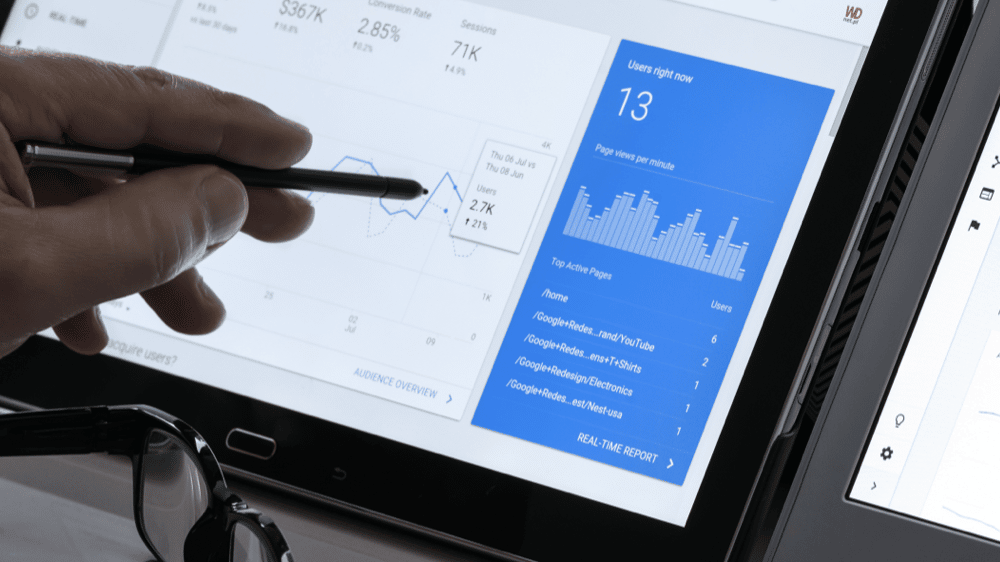The success of your website depends on the quality of traffic it receives. Therefore, mixing and matching the right digital strategies can generate substantial website traffic. While you might deliver the best message, product, and service, it would mean little until you attract your target crowd regularly and reliably. Learning how to increase your website traffic is one of the best ways to achieve these goals.
1. Prioritise Content Marketing
Content remains king. This concept applies to all types of online content, including visual, video, and written articles, because engaging content keeps site visitors coming back for more. While SEO strategies can improve your site’s searchability and align with the crawlers to raise SERP rankings (search engine results page), you should also tailor your content to your readers’ interests.
2. Leverage Paid Ads
Paid ads are some of the most effective ways of getting your site across to your target audience. First, you should thoroughly research your target demographic before deciding on a paid ad platform. Identifying your audience’s interests, locations, and ages can help you pinpoint their most frequented platforms and increase your chances of engagement.
Also, consider the type of ads applied in your campaigns. While video ads may seem highly popular, market research shows that 49% of people click on text ads, 31% on shopping ads, and only 16% on video ads.
Similarly, you should have a systematic tracking method for paid ad metrics to ensure that the money you spend goes to good use. Regularly checking your paid ad campaigns helps you evaluate their effectiveness and re-strategise if necessary to optimise their impact.

3. Constantly Refine On-Page SEO
SEO provides a proven formula to connect your site content with your audience, and it usually has three components: on-page SEO, off-page SEO, and technical SEO.
On-page SEO refers to your website’s attributes, including meta descriptions, tags, well-positioned headers populated with keywords, and short paragraphs. The effectiveness of your SEO campaigns largely depends on the on-page SEO components. Therefore, managing on-page SEO as a set of living documents that require constant tweaking for the best results is essential.
For instance, combining evergreen and seasonal keywords can help you reach a broader audience, especially during peak seasons like the summer holidays. Also, search engines like Google tend to revise their SEO practices, so keeping up with the latest updates helps drive more traffic to your website.
4. Develop Effective Link-Building Strategies
Links make up a considerable part of off-page SEO. Internal and external links are the two main types, and both can help you improve site traffic in different ways. Therefore, applying each kind to your website might be advantageous.
Internal links facilitate the site navigation process for your audience. For example, clicking on an internal link on your blog may take your reader to a deep service page (i.e., pages that take four or more clicks for access from a home page) and generate website traffic for that part of your site.
External links bridge your site content with other websites and work well with search engine crawlers as part of technical SEO. Google rates the equity or value of an external link differently from an internal one, prioritising them for ranking purposes. The search engine also determines the usefulness and credibility of your website by assessing the quality of your external links.
You might consider external links similar to a peer-review article’s citations, supporting its content’s authority and authenticity.
5. Optimise Email Marketing
Email marketing is one of the most cost-effective marketing strategies for generating business revenue, with an estimated $36 for every $1 spent. This marketing type can be a real game-changer if you wish to generate website traffic from your target demographic, with a mailing list engaging and attracting constant traffic.
Periodic email newsletters can also help keep your audience interested in your offerings by providing exclusive tips, discounts, content, and tutorials that redirect your readers to your site.
An advanced mailer allows you to manage your mailing list easily and offers customisation features to give each email a personal touch, further driving engagement.
6. Keep Your Google Business Profile in Top Form
Your Google Business Profile represents your company’s online public image, and optimising it will help generate website traffic. For example, organic user searches on Google will turn up your Google Business profile, where potential site visitors will form their first impressions of your business.
While conventionally, site visitors and customers would navigate to your business home page to acquire more information, they will now turn to your Google Business Profile for the same purpose.
Consider including information that optimises your business reputation, such as high-resolution photos of your company and products, customer reviews, and valuable contact information such as operating hours and a link to your website, which directly generates website traffic.
Videos are also highly effective ways of introducing your business to potential customers, where studies show that 53% of customers want to see more video content from companies they support.
Closing Thoughts on How to Increase Your Website Traffic
Having an easily navigatable site is only half of the battle won. You will need to provide the guiding lamps that lead your most valuable audience to your winning content. Engage Digital can help you discover the most effective methods and tools to connect with your target audience without the guesswork.
Book a call with us to say hello to the Engage Digital team! Together, we will discover the full potential of your business’s marketing growth.

